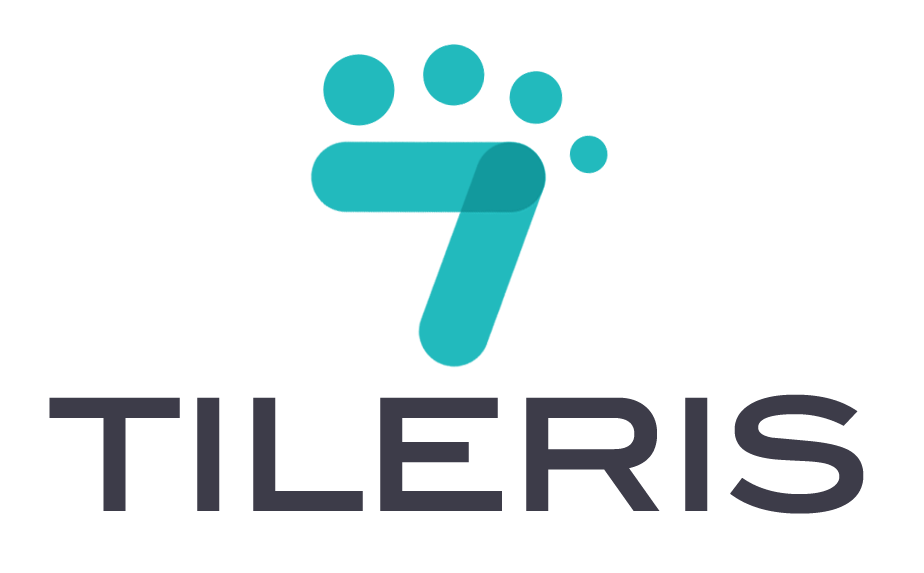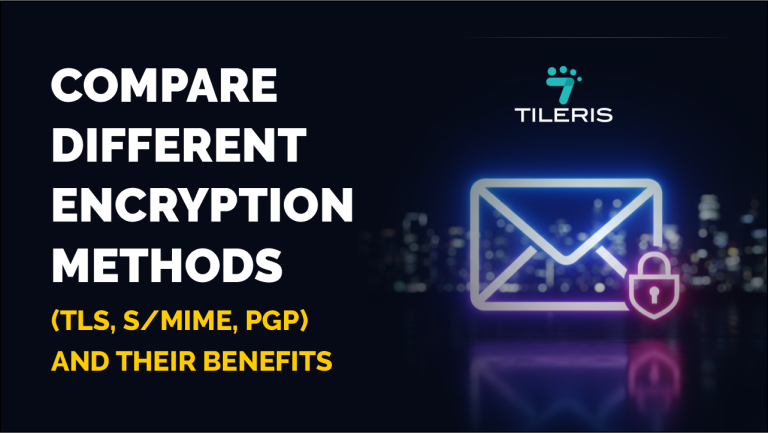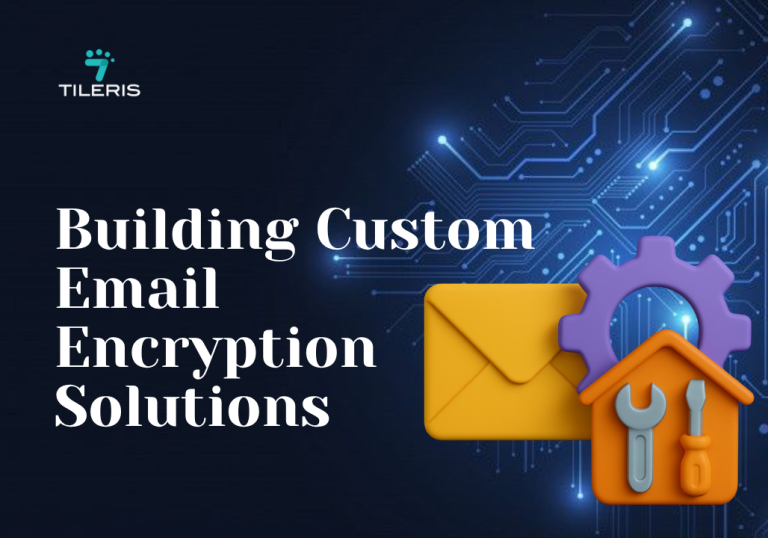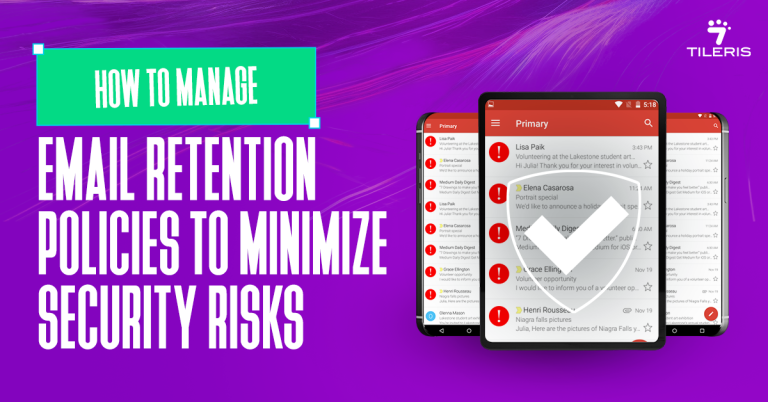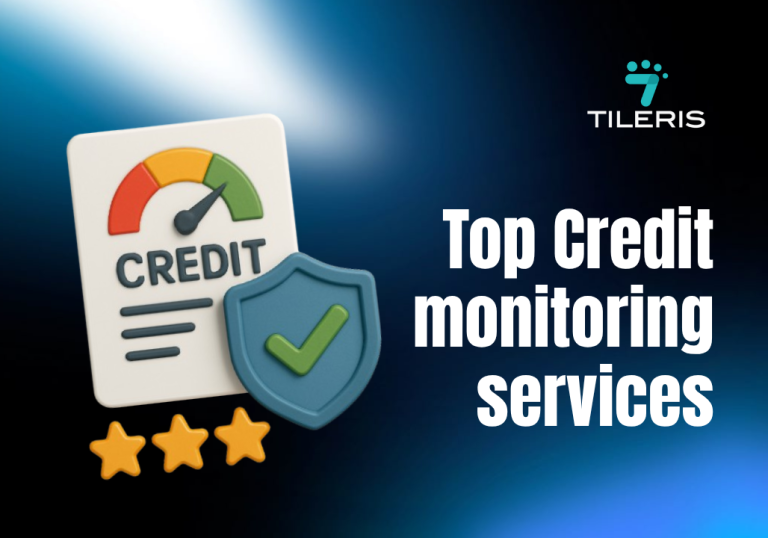How To Respond To Identity Theft: Immediate Response Checklist
Introduction
Identity theft is personal. It feels invasive, frustrating, and at times overwhelming. Whether it starts with a strange charge on your debit card or a bank calling you about a loan you never applied for, that moment of realization sparks a storm of panic. But here’s the truth: knowing how to respond to identity theft can make all the difference in how much damage is done, and how fast you recover.
In the first 100 words of discovering you’re a victim, you’re likely wondering: “Where do I even start?” You’re not alone. Millions face this each year. What matters most is acting quickly and methodically. This guide will walk you through exactly how to respond to identity theft with a clear, step-by-step approach that feels manageable, even during the chaos.
Recognizing and Confirming the Theft
Before you can truly figure out how to respond to identity theft, you need to confirm it. Sometimes, it’s glaringly obvious, a drained bank account or a maxed-out credit card you haven’t used. Other times, it’s more subtle. A password change you didn’t initiate? A suspicious medical bill for a service you didn’t receive, Or perhaps a call from a debt collector about an unfamiliar loan.
These are all red flags. “The moment you suspect something is off, that’s your cue to investigate, not to ignore. Many victims hesitate, hoping it’s just a mistake, but that lost time can be incredibly costly.
Start by gathering all the evidence you can. Screenshot suspicious emails, save text messages, take photos of fraudulent documents. Note down dates, times, and specific details of any suspicious activity. This documentation will be invaluable as you learn how to respond to identity theft and begin your recovery process. It’s like being a detective in your own life,every clue matters.
Taking Immediate Action
When we talk about how to respond to identity theft, we’re not just talking about making a few phone calls and hoping for the best. The average identity theft victim spends over 6 months trying to resolve the issue, according to the Federal Trade Commission. That’s a long time to live under uncertainty. The sooner you respond, the more control you regain.
This isn’t just a checklist, it’s your recovery roadmap. Each step feeds into the next, making the entire response more effective. And while this journey is deeply personal, it’s one you don’t have to face alone.
1. Recognize the Red Flags and Stay Calm
One of the hardest parts about figuring out how to respond to identity theft is accepting that it’s happening to you. Maybe it started with a mysterious bill in your name, or perhaps your bank called about suspicious activity. Either way, your first instinct might be to panic. Resist it.
Instead, document everything. Write down what happened, when you noticed it, and what steps you’ve taken so far. This will help you later when dealing with authorities or banks. Identity theft is a legal issue, and having a clear timeline can be crucial in proving your case.
2. Place a Fraud Alert on Your Credit Report
Now it’s time to send up a red flag. Contacting one of the three credit bureaus, Experian, Equifax, or TransUnion and asking for a fraud alert is one of the fastest ways to stop more damage from happening.
Once you notify one bureau, they’ll inform the other two. This alert lasts one year and tells creditors to take extra steps to verify your identity before opening new accounts.
Fraud alerts are free and don’t impact your credit score. This single action signals that you know how to respond to identity theft and you’re taking it seriously.
3. Review Your Credit Reports Thoroughly
After the fraud alert is in place, the next move is pulling your credit reports. You’re entitled to one free report from each bureau annually through AnnualCreditReport.com. Right now, due to rising fraud rates, free weekly reports are available.
Look closely. Are there accounts you never opened? Addresses that aren’t yours? Hard inquiries you didn’t authorize? This step can feel tedious, but it’s vital. If you’re not sure how to respond to identity theft once it’s on your report, highlighting those inconsistencies is the first piece of evidence you’ll need to dispute them.
4. File a Report with the FTC
Visit IdentityTheft.gov and file an identity theft report. The FTC will generate a recovery plan tailored to your situation, along with documents like an “Identity Theft Report.” This report becomes your official ally, it backs up your disputes with creditors and service providers.
Knowing how to respond to identity theft includes understanding the weight of official documentation. Without the FTC’s report, many institutions won’t even begin the process of removing fraudulent charges or closing accounts.
5. Report the Crime to Your Local Police
You don’t always need the police for identity theft, but filing a report can help—especially if you know who did it, a creditor demands it, or your name was used in a crime. Bring your FTC report, a valid ID, and proof like bank statements or screenshots. Even if the thief isn’t caught, the report strengthens your case and shows you took action. When people ask what gives your response legal weight, this is it.
6. Close or Freeze Compromised Accounts
Any account that was accessed without your permission, bank, phone, online shopping, needs to be shut down or frozen. Call the fraud department, not the general customer service line. Explain that you’re a victim of identity theft and provide your FTC report and police report if needed.
Most institutions have zero-liability policies for fraud, but they need you to act quickly. The longer an account remains open, the harder it becomes to reverse unauthorized transactions.
7. Change Your Passwords and Secure Your Devices
It might seem like a no-brainer, but a lot of people overlook this step. If someone’s gotten hold of your personal info, there’s a good chance they can get into your online accounts too. Start by changing all your passwords, especially for your email, banking apps, online stores, and social media. Use strong, unique passwords or a trusted password manager to keep things secure. And don’t stop there, run a full antivirus scan. Hackers often leave behind spyware or keyloggers to keep stealing from you even after the initial breach.
8. Consider a Credit Freeze
A fraud alert adds a layer of protection, but a credit freeze is like putting your credit in a vault. It stops anyone, even you, from opening new credit in your name unless you lift the freeze with a PIN.
You’ll need to contact each of the three credit bureaus separately. It’s free, and it doesn’t harm your score.
A credit freeze is especially smart if you’ve already dealt with theft once and want to avoid a repeat. When people search for how to respond to identity theft with maximum security, this is often the next best step.
9. Notify Government Agencies if Needed
Identity theft doesn’t always stop at credit cards or bank accounts, it can reach into your taxes, benefits, even your Social Security. If someone uses your SSN to file a fake tax return or apply for unemployment, you’ll need to alert the IRS by filing Form 14039, contact your state’s unemployment office, and notify the Social Security Administration. Many people don’t realize this until the damage is done.
10. Monitor Everything
After the major clean-up, the final step is about keeping an eye on things. Sign up for transaction alerts from your bank. Check your credit every few months. Many credit card companies offer free credit monitoring. Use it.
Remember, identity thieves don’t always strike all at once. They may wait months or even years before using stolen data again. When you’ve learned how to respond to identity theft once, you’re better equipped to shut it down before it snowballs again.
Staying Human Through the Ordeal
It’s easy to feel overwhelmed, angry, or even ashamed when your identity is stolen. But remember, this isn’t your fault. Identity theft is a sophisticated crime, and even the most diligent individuals can fall victim. The emotional toll of identity theft is often underestimated, It’s a violation of trust and personal space. Acknowledging those feelings and seeking support, if needed, is as important as the practical steps.
While the process of figuring out how to respond to identity theft can be frustrating, try to maintain a calm and methodical approach. Take breaks if you feel overwhelmed. Lean on trusted friends or family members for emotional support. This journey requires resilience, and taking care of your mental well-being is paramount.
Keep meticulous records of every phone call, every letter, and every document. Create a dedicated folder, digital and/or physical, for all correspondence related to identity theft. Note down who you spoke to, their title, the date, time, and any reference numbers provided. This organized approach will save you countless headaches down the line as you continue to navigate through the process.
Conclusion
understanding how to respond to identity theft is about reclaiming your financial autonomy. It’s a battle, yes, but one you can win with persistence and the right information. The immediate response checklist provided here is your foundational tool. It empowers you to act decisively, to limit the damage, and to set yourself on the path to full recovery.
Remember, you don’t have to face this alone. Resources like the FTC, consumer protection agencies, and even specialized identity theft protection services are available to assist you.
While no single step guarantees complete immunity, a proactive and informed response significantly improves your chances of minimizing the impact and restoring your sense of security. So, if you find yourself asking, “How to respond to identity theft?” know that you have a clear path forward, and with each step, you’re building a stronger defense against future threats. The goal is not just to recover but to emerge stronger, wiser, and more resilient.
Take Back Control With Our Free Identity Theft Response Toolkit
Download your free Identity Theft Recovery Checklist today. It’s packed with clear, actionable steps to guide you through how to respond to identity theft quickly and confidently.
Need more than a checklist? Tileris offers free consultations. Our experts are happy to help you review your situation, plan your next move, and ensure no detail gets overlooked.
Want to see how AI can help you stay ahead of future threats? Request a demo of our Tileris AI Agents in action. They work in real time to detect fraud, flag anomalies, and keep your personal data safe so you don’t have to do it all alone. Just reach out through our contact form, and we’ll get you started.
